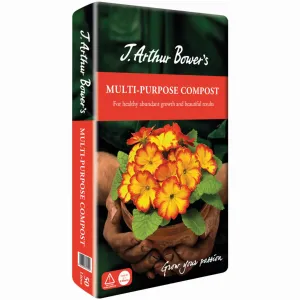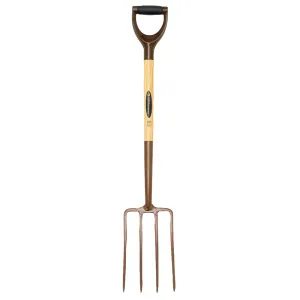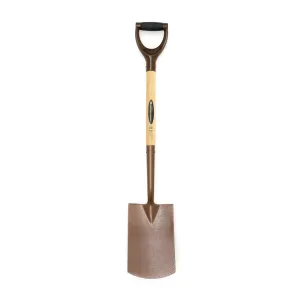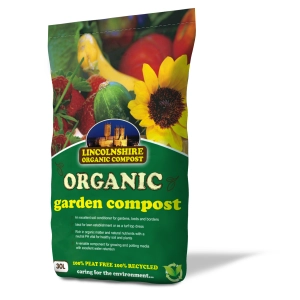You may have heard of the dig/no dig debate, perhaps you’re using one or the other and can vouch for the benefits.
If you’re not sure which is best, take a moment to check in on the benefits of each before you decide.
No dig
Proponents of the no dig method say that leaving the soil unturned and undisturbed by spade or fork benefits soil health by:
• Reducing the number of pests.
• Improving the health of plants.
• Encouraging worms, beneficial bugs and bacteria in the soil.
• Stimulating the growth of useful mycorrhizae.
Instead of digging over soil, gardeners using the no dig method will add compost, manure or other organic matter instead. By doing this, they are effectively mirroring nature’s natural method of improving the soil through leaf fall.
Despite the recent publicity surrounding ‘no dig’ as a new trend, this method of gardening has been around a very long time, having been used by market gardeners as far back as the 1800s.
It has however been enjoying a renaissance in the last few years and is growing in popularity with many gardeners who swear by the results – including a handful of garden-famous household names.
Not digging your soil of course saves time, effort and energy. It also has the benefit of leaving dormant weed seeds in the soil where digging may bring them to the surface.
The addition of compost will further add to the weed suppressant benefits of this method of gardening. You can read more about weed recurrence in our guide here.
There are professional gardeners, growers, and horticulturists who have been trialling both methods for a number of years now. The scales tend to tip in favour of no dig where crop production is concerned. One well known study by Charles Dowding goes into some detail of the specifics.
So what about traditional digging? Has it had its day?
Go dig
With the benefits of not digging outlined above, you might be wondering why you ever bothered taking up a spade in the first place.
Well, to make a success of no dig, you do need to add a significant amount of compost to the soil – much more than you would using the traditional dig method. So straight off, digging will save money on the cost of purchasing compost if you don’t make your own, or can’t make enough.
In addition to cost-efficiency, when you dig the soil, you are loosening and opening it up, allowing water to absorb deep into the soil. This also helps improve drainage. Other benefits include:
• Higher levels of plant-beneficial oxygen in the soil caused by loosening.
• Redistribution of nutrients that may have been held in the soil.
• The creation of a level bed – which can help prevent water pooling and run off.
• The opportunity to eliminate weeds with extensive root and rhizome systems.
• The exposure of worms and soil insects for garden birds.
• Flexibility in soil modification to aid show-stopping root vegetable growing.
Other dig aficionados like the idea that digging exposes the soil to frost in winter. This has the benefit of reducing pests and breaking up heavy clay soils, providing a lighter aerated structure.
Finally, to counter the effort and energy saving in the ‘no dig’ method, it’s worth remembering that digging is good for you! It’s a great form of high intensity aerobic exercise that engages multiple muscles in our back and limbs. It provides a sense of achievement, and as an outdoor activity, contributes to our well-being.
In summary, whilst ‘no dig’ has a lot of advantages for the organic gardener and some impressive crop production stats, digging our gardens can provide us with better health, a closer connection with the soil, and the flexibility to manipulate the earth in ways that might better suit our individual gardening preferences.
The choice is yours! Let us know if you’ve been using one or other method in your garden and what results you’ve seen. We love to hear our customers’ garden stories, email: marketing@agrigem.co.uk







